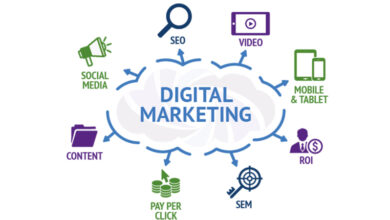
PCBs – An essential part of every modern electronic device
The printed circuit board is the expansion of PCB. This PCB is a small circuit board containing many tiny components. These PCB devices are the mechanical support to the electronic appliances and help them conduct electricity through them. The PCB assembly is also known as PCBA, and manufacturers widely use these devices to reduce the device size and increase the working capacity. Every electronic device needs a piece of PCB to work perfectly without any error.
The creation of electronic devices is to reduce human efforts, and similarly, the PCBs are helpful to reduce the usage of more wires and other pieces of equipment. Before the invention of PCBs, all electronic devices bulged in size, and they created the circuit with sticking wires on the chassis and wooden bases. And the connections are made with point-to-point wired circuits. The invention of PCBs brought many changes to the electronics industry.
Before PCBs
Before the invention of PCBs, electronic device manufacturing was complex, and it consumed lots of time and resources. The manufacturing process was expensive, and the product was also heavy, oversized, and fragile. Then in 1903, a German inventor, Albert Hanson, invented a new method with a flat foil laminated with the insulated base is the main inspiration to the invention of these modern PCBs. After some years, many inventors like Thomas Edison, Arthur Berry, Paul Eisler, and Geoffery Dummer made many contributions to the invention of PCBs.
Finally, JohnSargrove invented ceramic soldered circuits. This circuit is helpful, but it doesn’t provide lifetime performance. So the final victory is by Harry W. Rubinstein, the inventor of the modern printed circuit boards. The PCB manufacturing companies are interested in 3D printed PCBs, which are very efficient and cost less than other traditional methods. Every industry meets a revolution in this electronic industry this PCBs are the remarkable revolution.
Types of PCBs
The soldered conducting components are the main element for characterizing the PCB circuits. Many PCB types are available in PCB assembly, and every kind of PCB has its unique use. The primary six types of PCBs are Rigid-Flex PCBs, single-sided PCBs, Flex PCBs, Double Sided PCBs, rigid PCBs, and Multilayer PCBs.
Rigid PCBs- are the kind of circuit boards with solid material that helps prevent physical damage and withstand all situations.
Flexible PCBs – it supports products that need some flexible features to the main product, and it has some remarkable components for its flexibility.
Metal-core PCBs -are another kind of PCBs containing a metal base and similar components as the different versions.
Single-sided PCB – In this PCB, only one side of the board has a copper layer
Double-sided PCB – In this type of PCB, it has a copper layer on both sides.
There are different printed circuit boards, and every panel has its unique working technique.
Features of Printed circuit boards
There are many small steps involved in making a perfect PCB., and it will provide the ideal product only if they are in perfect harmony. The PCBs ‘ working style and need don’t change from the beginning of PCBs’ etching process and the electronic PCB assembly. The PCBs’ requirement increases as the modern era develops, so the quality and performance should not vary to provide the best user experience and sustainability for many years.








